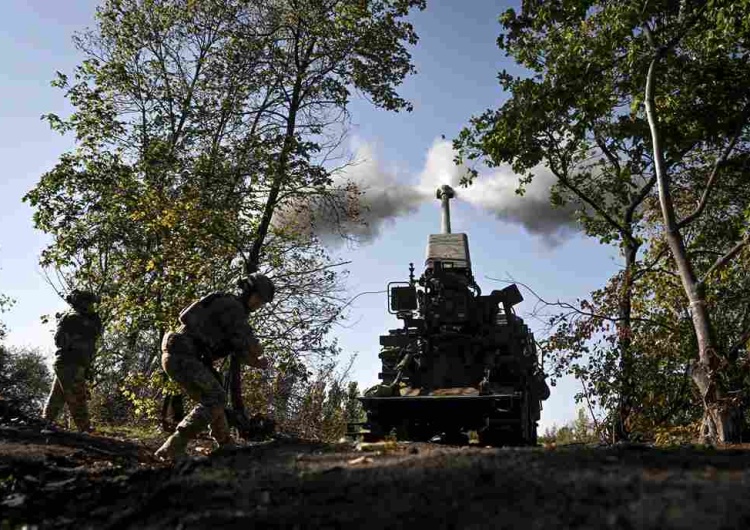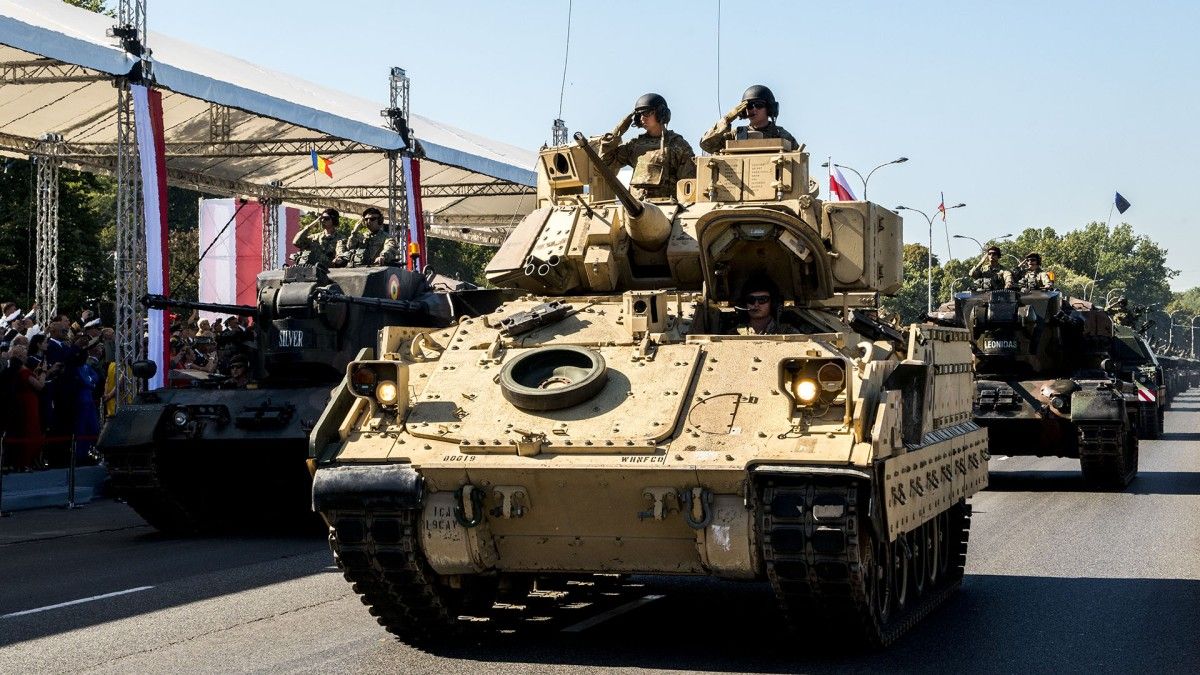
Europe’s South Takes The Lead
By Maartje Wijffelaars, Senior Economist at Rabobank
Brent crude oil extended its gains and broke through the 90 dollars a barrel threshold yesterday, for the first time since end-October last year. The commodity continues its ascend this morning and at the time of writing it’ll cost you 91.2 dollars to buy a barrel. And more support for the commodity is on the table if Russia and Iraq actually stick to the production quotas. Indeed, on Wednesday OPEC+ decided to extend its production cuts through June, but Russia and Iran have produced more than agreed recently. Ukraine strikes on Russian production facilities over the past weeks could ‘help’ Russia lowering its exports, as sites are down. The exact amount of damage is unknown, however, with multiple different figures going around.
Apart from a tighter market, rising uncertainty in the Middle East have fed oil prices since Monday. At the start of the week, Israel hit Iranian military officials in Syria, stoking fears of an escalation of the Israel-Hamas conflict into the broader region.
Yesterday’s ECB accounts of its March meeting showed that uncertainties with respect to the developments of energy prices are on the ECB’s radar. Specifically they mentioned that “Upside risks to inflation included the heightened geopolitical tensions, especially in the Middle East, which could push energy prices and freight costs higher in the near term and disrupt global trade.” And that “It was important to keep in mind that wrong assumptions on energy prices would eventually feed through to all inflation components, either through input prices or indirectly, via wages.”
Overall, the accounts strongly point to a June move, but also underscore the likelihood of a cautious approach for the trajectory afterwards. For more on our ECB view please keep an eye on the preview for next week’s meeting our ECB watcher Bas van Geffen will send out today.
Meanwhile, yesterday’s PMI figures for March narrowly lifted activity in the Eurozone to expansionary territory, for the first time since May 2023. The composite figure came in at 50.3, despite an accelerated contraction in manufacturing (46.1), owing to improved conditions in the services sector on the back of rising new orders, output and employment (51.5).
Indices for individual member states continued to show quite some divergence among member states. Specifically, they showed that things are going rather well in the South, with a composite PMI of 55.3 in Spain and 53.5 in Italy, but (still) not too good in Germany (47.7) and France (48.3). It’s a story that has been playing out for quite some time now due to a multitude of both longer- and shorter-term reasons.
 Lost in thought contemplating the rising southern European PMIs
Lost in thought contemplating the rising southern European PMIs
For example, Germany has been struggling with low demand in China and a loss in competitiveness not only due to the ‘recent’ surge in gas prices, but also due to relatively high labour cost growth – outpacing that of many peers for years now – and increased competition from Chinese car manufacturers. A very tight labour market has also been putting a lid on business’ abilities to grow.
Meanwhile, Italy has benefitted from increased competitiveness due to both relatively weaker wage growth and quality gains over the past years, supporting export growth. Indeed, it’s real effective exchange rate based on relative unit labour costs has been steadily in decline since the GFC. It has furthermore been able to tap into high-growth niche markets such as maritime transport production and has suffered less than Germany from supply chain disruptions during the pandemic.
Another important driver of Italy’s post-pandemic boom is the Superbonus tax credit scheme which has fuelled construction investment since 2020 – support from the latter is expected to come to end, however, as the scheme is being faced out. Finally, Italy has benefitted from EU grants from the Recovery and Resilience Facility (RRF) – also known as the EU pandemic recovery fund. Conditional on reform and investment progress, it is entitled to grants worth in total EUR 72bn (3.4% of 2023 GDP). So far it has received just over half of the amount it’s eligible to, although part of that money is still waiting to be spend.
Both wage moderation and significant support from the EU recovery fund have also helped Spain. The latter is entitled to as much as EUR 80bn in EU grants (5.5% of 2023 GDP) and has so far received a little less than half, although not all money received has been spent yet. More beneficial demographic developments have also helped Spain when compared to both Germany and Italy – this partly results from immigration. Another important factor of Spain’s more recent outperformance is that it has been playing catch up lately. It took longer for its hospitality and tourism driven economy to pick up from the pandemic slump. Furthermore, while its relatively small industrial sector – with a relatively strong focus on car manufacturing – has meant that Spain’s economy benefitted less from the strong industrial production growth during the pandemic years, past year(s)’ slump in the sector has also acted as a smaller drag.
German factory orders for February (0.2% m/m and -10.6% y/y) and industrial production in France (0.2% m/m and -0.8% y/y), out this morning, confirmed both countries’ rather weak start to the year. Yes, both saw a minor monthly uptick after a major contraction in January, but performance was worse than expected and in year-on-year terms both indicators weakened compared to January. At the same time, Spain’s industrial output in February exceeded expectations and picked up both compared to January (0.7% m/m after 0.4% m/m in January) and a year ago (+1.5% y/y in February after -0.6% y/y in January).
On a positive note, figures for Germany, France, and the Eurozone were upwardly revised from preliminary estimates. This suggests that the economy gained some steam in the final weeks of the quarter. This suggests growth in the Eurozone is likely to pick up in Q2, from a rather flat start this year. This is in line with our forecast, as private spending is projected to benefit from improved household purchasing power and a decline in long-term interest rates, while investment in general will be supported by the RRF funds – especially in Southern member states. Overall, Spain is expected to largely outperform peers this and next year, while France and Italy are projected to perform broadly in line with the Eurozone average; Germany is to underperform.
Tyler Durden
Sat, 04/06/2024 – 08:10

















